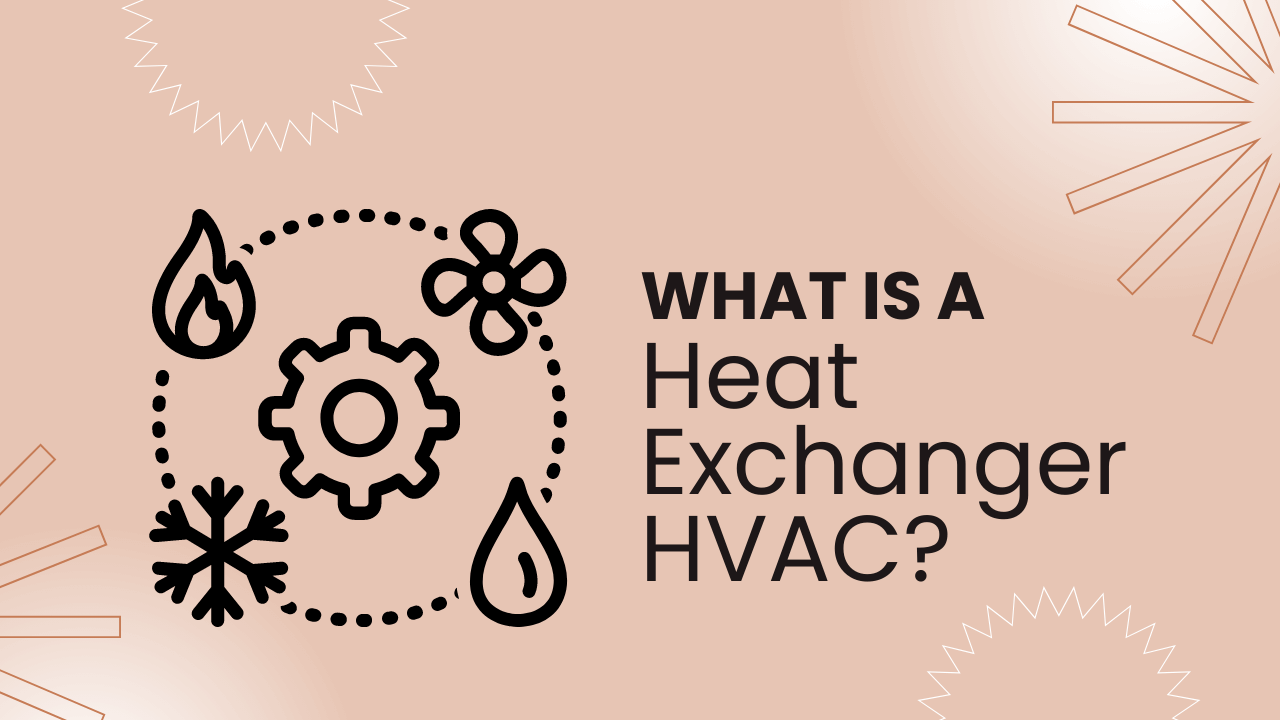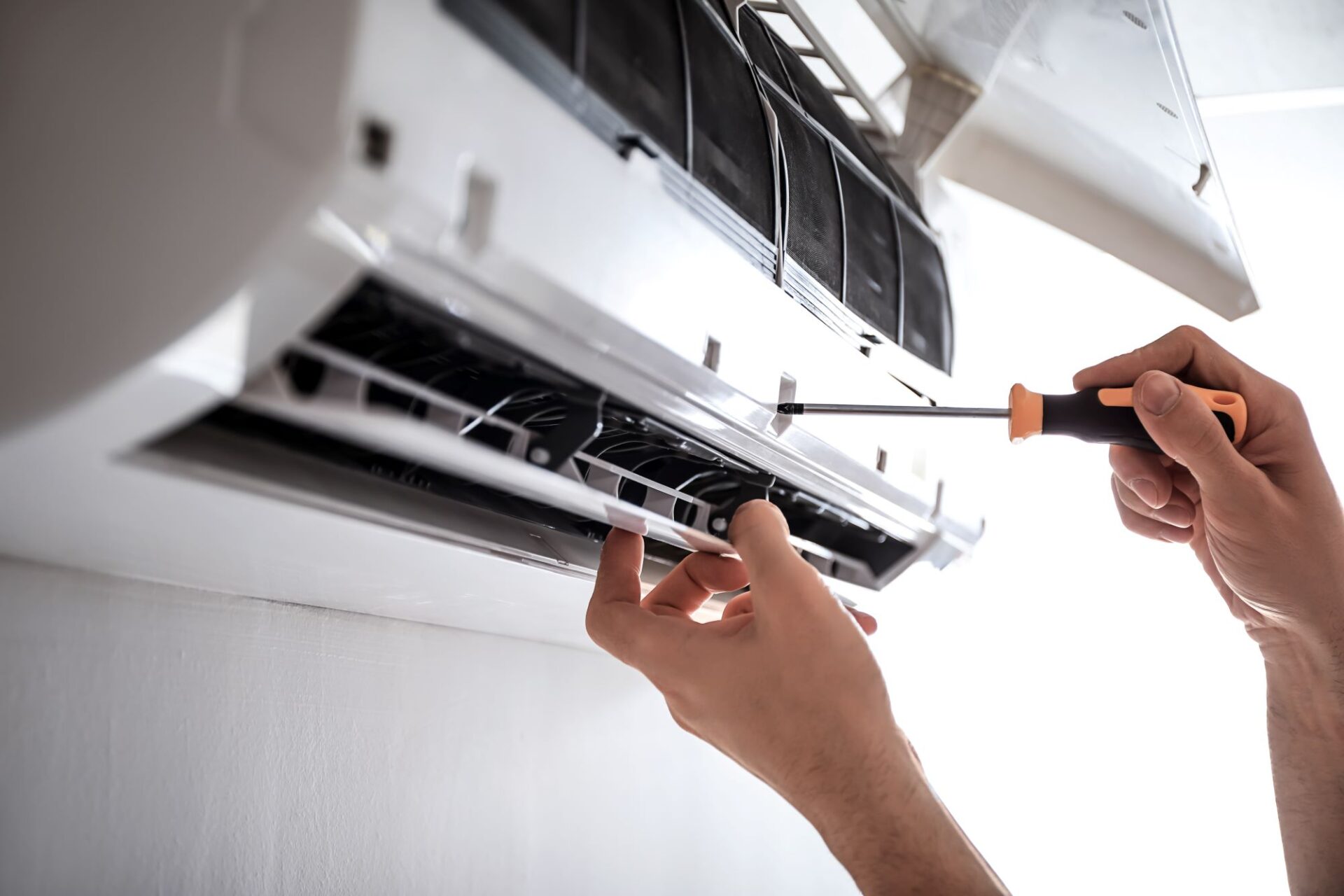The HVAC system is critical for the comfort of many households. HVAC technology keeps us warm in the winter and cools in the summer, but you may not be aware that it does not indeed produce cold air.
Instead, it moves heated air from one area to another using heat or thermal energy transfer. Heat is transferred from higher-temperature parts to lower-temperature areas.
This is the Second Law of Thermodynamics, and it is up to your HVAC system to counteract this natural flow. In the process of extracting hot air from your home and delivering inside structures during the cooler months, the heat exchanger in your HVAC system is critical.
It’s simple to become perplexed when it comes to the world of heating and cooling. Most homeowners have similar questions because there are so many various types of systems and uses. We’re here to answer your heat exchanger-related HVAC questions.
Table of Contents
Heat Exchanger: An Overview
A heat exchanger is a device that transfers thermal energy from one medium to another in your HVAC system. A heat exchanger can help engines and machinery run more effectively and heat or cool a home or building.
The specific equipment will determine how the heat exchanger operates. From heat pumps to furnaces and air conditioners, there are a variety of heat exchanger devices available in HVAC equipment.
What Are The Basic Issues With Heat Exchanger?
Your home may not reach the desired temperature if the heat exchanger fails. Not only is furnace performance an issue, but heat exchanger problems can also be dangerous to your health and cause a fire. Cracks in the heat exchanger are a significant furnace repair problem.
Cracked heat exchangers can cause carbon monoxide poisoning. This gas is produced by combustion and is generally expelled safely from the furnace outside the residence, but carbon monoxide can leak into the home if the heat exchanger is cracked.
An HVAC professional can discover cracks and damage to a heat exchanger using a visual or video diagnostic evaluation. Your furnace’s heat exchanger will be replaced by your HVAC specialist, ensuring that your furnace runs safely.
How Does Heat Exchanger Work For HVAC?
One of the most frequent pieces of HVAC equipment that uses a heat exchanger is the air conditioner. It distributes heat from within a home or building to the outdoors.
The air conditioner relies on refrigerants to perform this operation. This chemical is kept in a closed system within your air conditioner to ensure that the heat transfer process runs smoothly.
The refrigerant collects, transports, and releases heat as it transitions from a gas to a liquid and back throughout the refrigeration process. The refrigerant circulates through the system, carrying heat with it. The low-pressure gas refrigerant is now sent to the outdoor unit’s compressor, transformed into a hot, high-pressure gas.
The refrigerant now goes to the outdoor condenser, where the heat from the refrigerant is taken away when air passes over it. As a result, the refrigerant becomes a cold, high-pressure liquid.
Although the entire air conditioning system can be thought of as a heat exchanger, the condenser is the component in charge of moving heat from inside to outside, and the refrigerant is the medium used in this process.
Types Of Heat Exchanger
The most well-known devices for this purpose are heat exchangers. The term “heat exchanger” refers to a device that transfers heat from one fluid to another.
There is no direct contact between these fluids because they are physically separated. Heat exchangers come in various shapes and sizes, including shell and tube, U tube, shell and coil, helical, plate, and more.
1) Fixed Plate
There are no moving parts in these types of heat exchangers. They have fixed, alternately placed plates that are independent of one another. In these alternative plates, both gases and fluids move separately, and heat is transferred between them. The flow might be counter-current, parallel, or cross-current.
2) Run-Around
A pump circulates water or any other liquid through the system in this type of system. To allow optimal heat transfer, coils are arranged in either series or parallel configurations. In every season, this type of method is excellent.
If the outside air is warmer than the exhaust air, the exhaust air cools the outside air first. If the outside air is more relaxed than the exhaust air, the exhaust air pre-heats the outside air, increasing the system’s energy efficiency.
3) Heat Jackets
Water jackets are kept at the engine’s flanks to absorb the heat generated by a reciprocating engine or a gas turbine. This heat can be utilized to make steam, heat water, or heat fuel oil.
4) Rotary Wheel
A big surface cylinder attached to the shaft is part of a rotary wheel heat exchanger. It is lined with a gas-permeable substance. Both gases flow in a counter flow manner axially to the shaft as the cylinder spins. The gas permeable material absorbs the heat from the warm gas and transmits it to the more excellent gas.
To absorb the moisture from the gases, hygroscopic material is sometimes applied to the gas permeable material. As a result, the moist gas evaporates, moisture can transfer to the dry gas.
5) Hot Gas
The compressor in an HVAC system generates heat by compressing refrigerant. This heat can be captured and used to warm water in the home. A heat exchanger is installed between the compressor and the condenser for this purpose.
When you turn on the HVAC system, the water that needs to be heated is cycled through this heat exchanger with the help of a pump.
How To Protect The Heat Exchanger?
With regular care, you can keep your heat exchanger in great form and increase its safety. Our NATE-certified specialists recommend an annual furnace tune-up.
Professionals evaluate your heat exchanger for cracks and other issues during your preventative maintenance furnace tune-up. They can safely fix tiny cracks, but significant damage usually necessitates replacement.





